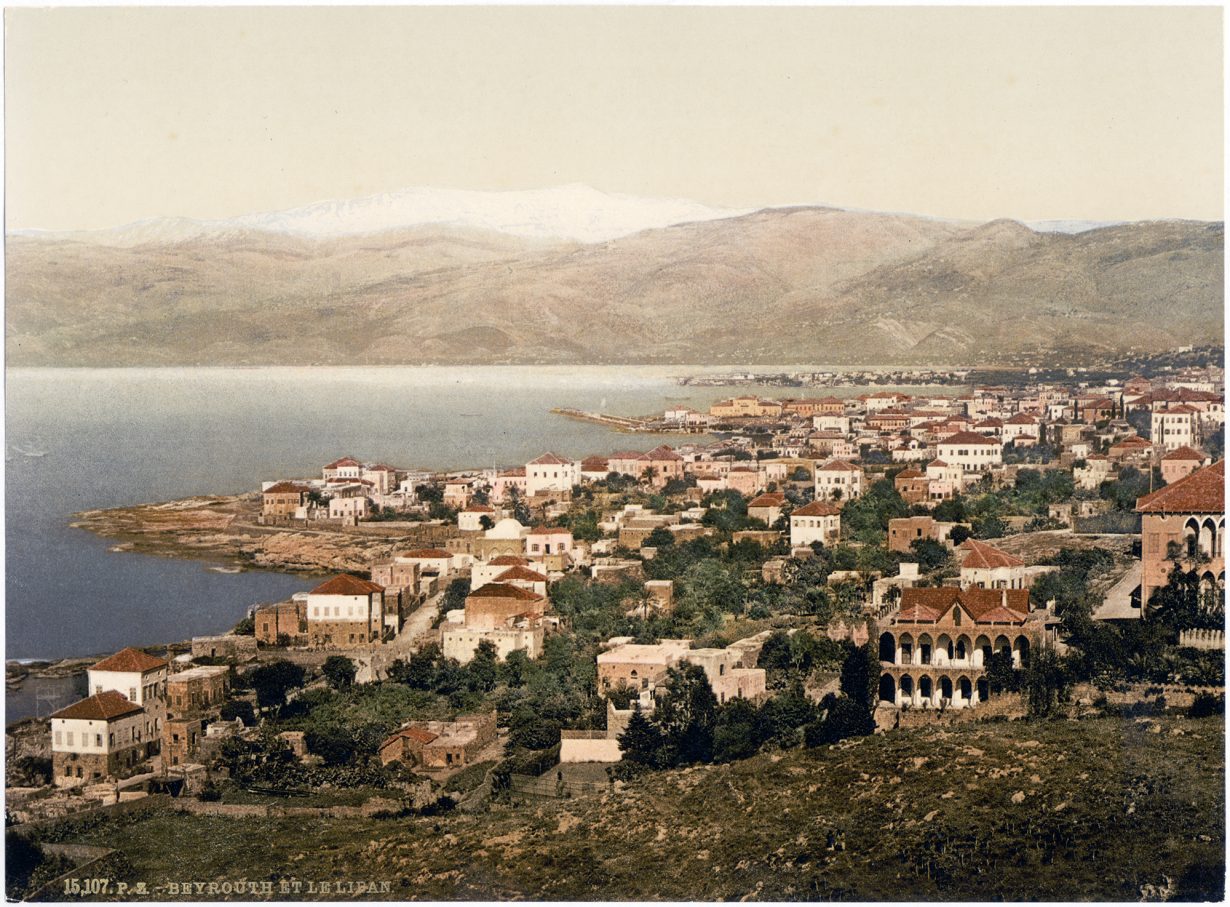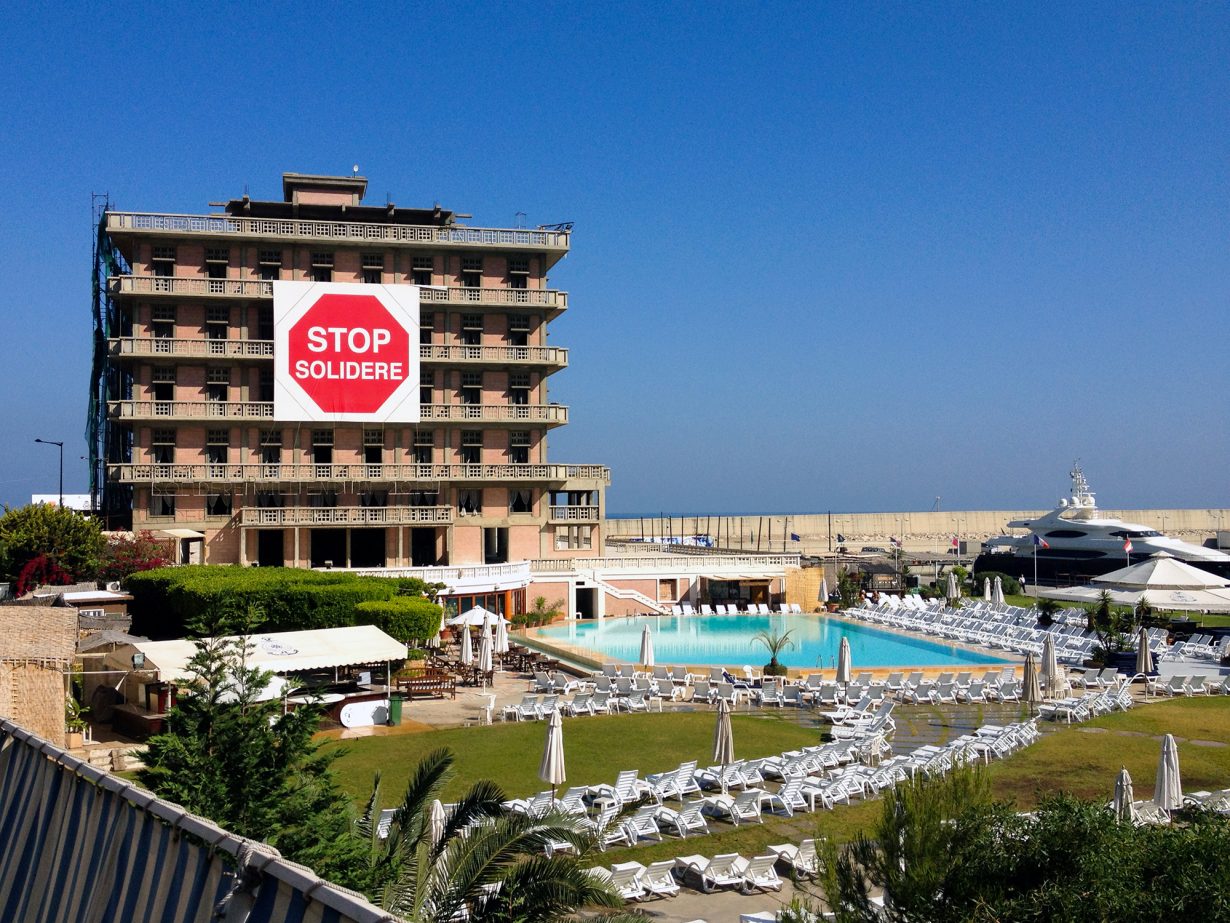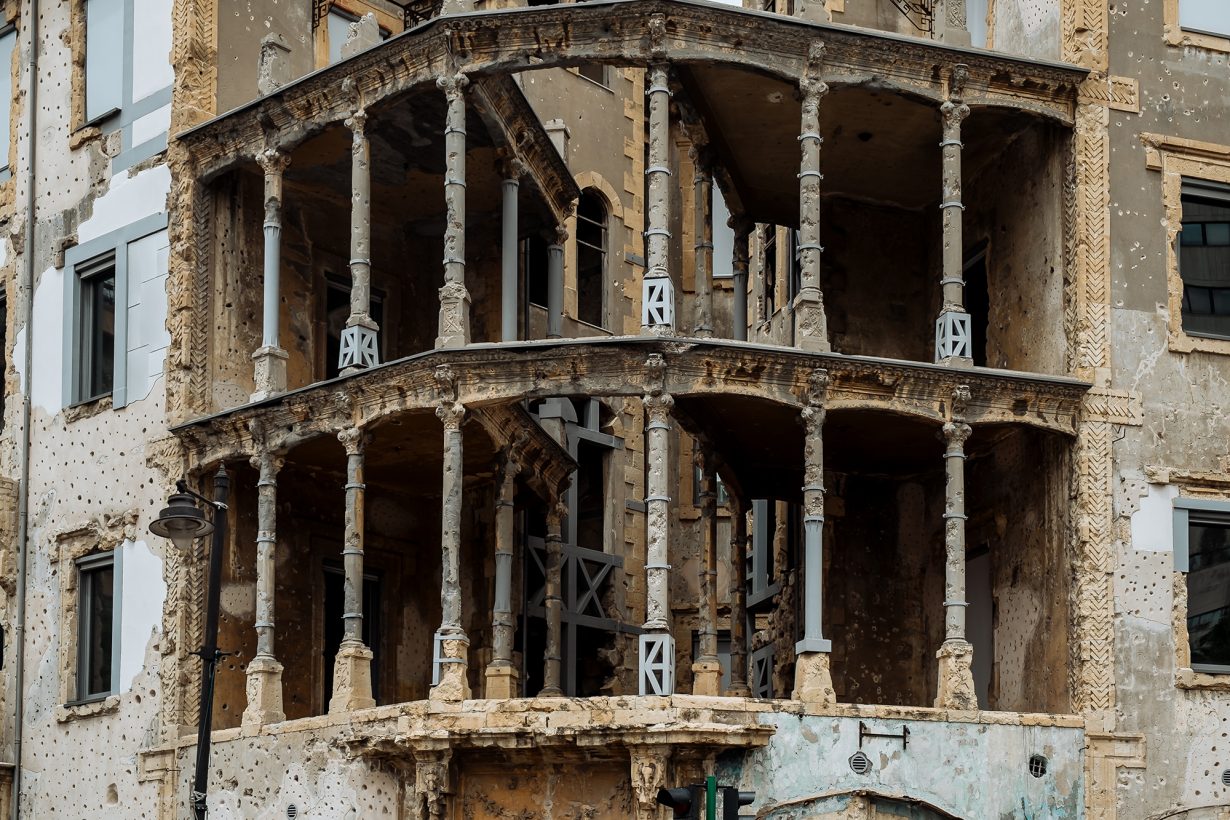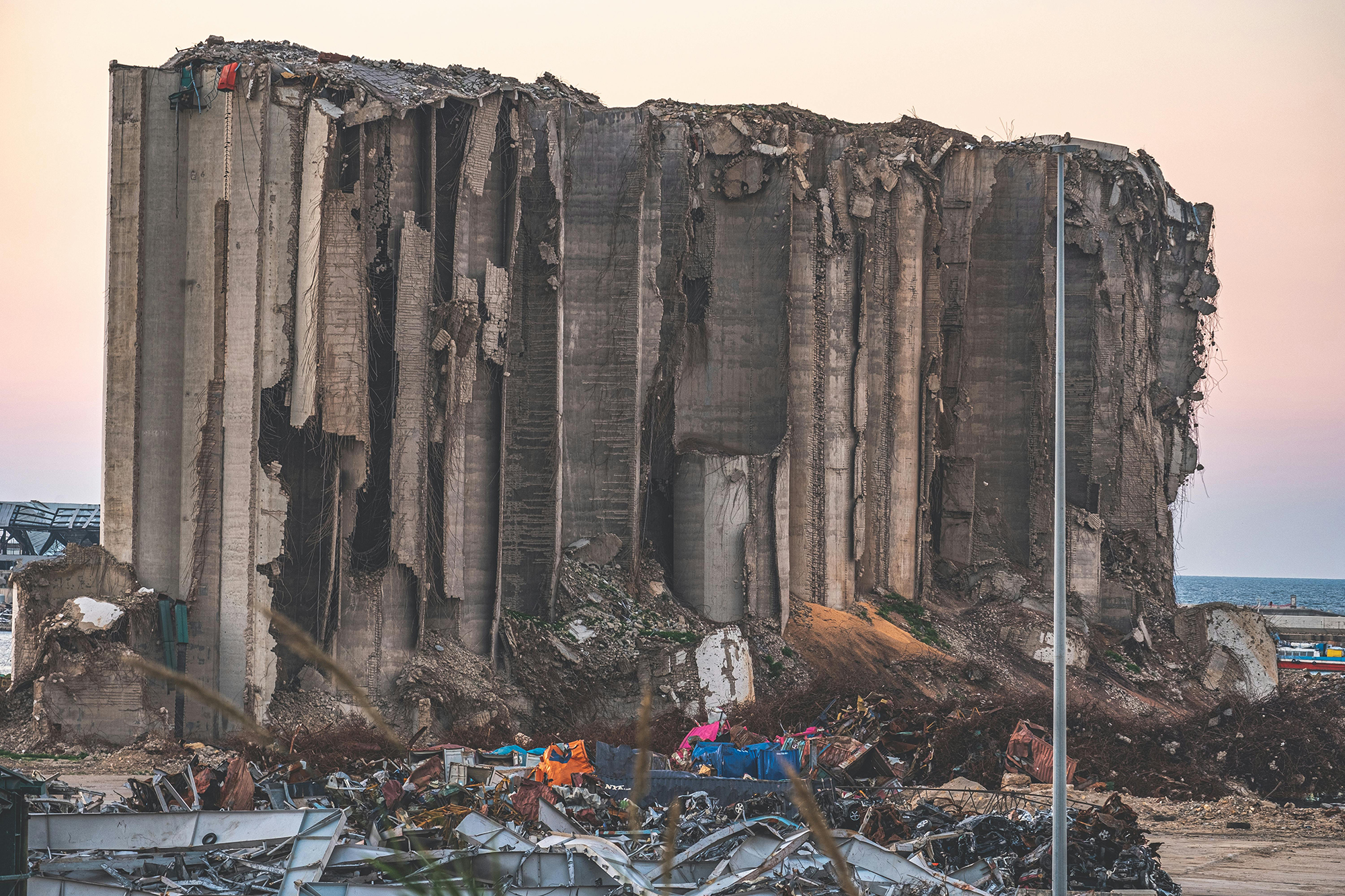Heritage in Lebanon is not just about aesthetics; it is about truth
In Beirut, heritage is neither about monuments nor techniques. It is about memory and the struggle against collective amnesia. Over the past century, the city has been repeatedly broken and reshaped by colonial ambitions, wars, corruption and speculative development. It has always been a city of erasures. Because Lebanon’s neoliberal, laissez-faire economy treats land as a commodity to be maximised rather than preserved, heritage laws are viewed as obstacles to profit and have never taken hold. Each wave of destruction has left less of the old city intact, and each cycle of rebuilding has treated historic architecture not as culture but as commodity, to the point that developers have destroyed more heritage buildings than the 15-year civil war itself. Demolition is easy, while preservation demands long, exhausting battles between profit-driven developers, corrupt authorities and the handful of civic groups still fighting (though with fewer means) to save what remains. In this climate of relentless speculative development and political neglect, heritage survives not by design but by accident.
The tragedy is sharper because Beirut is a deeply divided city. The civil war (1975–90) left not only ruins but social fragmentation. Communities retreated into enclaves defined by sect and militia allegiance. In such a context, heritage could have been a connective tissue – a shared memory of a place that once belonged to everyone. And before the war, downtown Beirut was exactly that: the heart of the city, filled with Ottoman and French Mandate-era architecture, bustling souks and public squares where all communities mingled. It was a space that carried history yet was lived in daily, a fabric of belonging that tied Beirutis together.

After the war, that heart was surgically excised. Reconstruction was handed to Solidere, a private company created by the government. Properties were expropriated and owners compensated with shares; entire blocks of Ottoman and Mandate-era buildings were bulldozed. In their place rose a gleaming commercial district, heavily policed and priced beyond the reach of most Lebanese. The shared ground of the city was repackaged as a backdrop for luxury consumption. The few facades that survived now serve as decor for high-end offices, restaurants and boutiques. Downtown’s heritage is now a symbol of elitism rather than belonging.
Ask Beirutis about ‘heritage’ today and many will point to elegant houses with arched windows and red-tiled roofs. Saving them matters – they are part of Beirut’s layered past. But to focus only on the picturesque is to overlook the true heritage of Beirut, which lies not only in its balconies and shutters but also in the bullet holes and shrapnel scars that mark so many walls. And recognition of this has inspired campaigns to save war-damaged buildings as memorials rather than let them be erased.

Heritage in Lebanon is not just about aesthetics; it is about truth. History, as it is taught in the textbooks used in schools and universities, stops at 1943, the year of independence. Lebanon’s civil war, which claimed approximately 150,000 lives as sectarian militias and foreign powers turned the country into a proxy battleground, remains excluded from official history. This is no oversight. An amnesty law, passed in 1991, pardoned all crimes committed during the conflict, allowing former militia leaders to reinvent themselves as politicians and businessmen. For them, memory is dangerous. By excluding the war from classrooms and demolishing the ruins that bore witness to violence, the authorities enforce collective amnesia. The logic is simple: if the traces of violence disappear, so too does accountability. Preserving the urban relics of the war, the bullet-marked facades and the ruins still carrying scars is not nostalgia. It is resistance.
The building known as Beit Beirut is one such place. Perched on the old Green Line – the frontline that once split the city between Muslim West and Christian East – Beit Beirut marked a divide so lethal that crossing it often meant being killed by snipers. Once a modern apartment block built in a traditional Lebanese style (and a pioneering design for its time), it was later seized and turned into a sniper’s nest. After the war, developers sought to demolish it, but activists fought back. Against the odds, they saved the building. Today it survives as a fragile reminder that the war existed in a city that generally wants to forget it. Its walls, inside and out, remain pockmarked by bullet holes and covered in graffiti left by those who used it to service a killing machine.
That Beit Beirut is messy, unresolved and uncomfortable is precisely why it matters. It does not attempt to smooth over history; it confronts it in all its contradictions. The building was restored with private funds and support from the City of Paris, carefully preserving the traces of destruction. Yet despite this, the Lebanese government has largely kept it closed. Intended to serve as a public memorial, it has been rendered mute.

Another example is the ruined grain silos at Beirut Port, partially collapsed as a result of the 2020 explosion of poorly stored ammonium nitrate. Almost immediately the government sought to demolish them, citing safety concerns, but many Lebanese suspected another motive: an attempt to erase a visible testament to state negligence. As one victims’ group member put it: “The damaged and partially collapsed silos are a reminder of what was done to us and the city, and the attempts to demolish them are attempts to erase and silence that memory.”
With no meaningful state aid to restore the shattered quarters, it was citizens and volunteers who stepped in. In the days and months that followed, ordinary Beirutis supported by NGOs and international donors picked up brooms and tools to shore up facades and repair houses. Like Beit Beirut, the silos are not easy to look at. Their charred, blasted forms dominate the skyline as a daily reminder of the incompetence and corruption that killed more than 200 people. And that is precisely why they must remain.
To preserve Beirut’s heritage, its elegance and its scars alike, is to resist the amnesia imposed on its citizens. It is to insist that the past cannot be erased without consequence. However uncomfortable, the truth must remain visible in the city we inhabit. Beirut’s battle for its heritage is ultimately a battle for its memory and for its soul.
From the November 2025 issue of ArtReview – get your copy.
Read next In the age of demolition, we must do more than just rebuild
